Thursday, June 10, 2021 12 different Pride Flags and their meanings

The following was compiled by the staff and students of the LGBTQA+ Center.
The rainbow Pride Flag has a rich and beautiful history. For more than 40 years, it's been an enduring symbol of community and solidarity, while continuously evolving to encompass additional identities, too.
Here's 12 flags that represent LGBTQA+ identities. While not an exhaustive list, this is a good place for allies to begin building their knowledge and understanding.
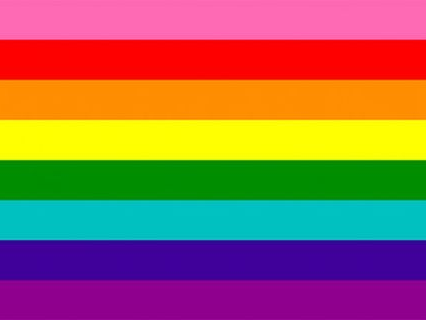
Original 8-stripe Pride Flag
In 1978, Gilbert Baker created the original Pride Flag, with eight horizontal stripes. Each band of color celebrates a different attribute or characteristic. The eight colors (from top to bottom) are:
- Hot Pink for sexuality
- Red for life
- Orange for healing
- Yellow for sunlight
- Green for nature
- Turquoise for magic
- Blue for serenity
- Violet for spirit
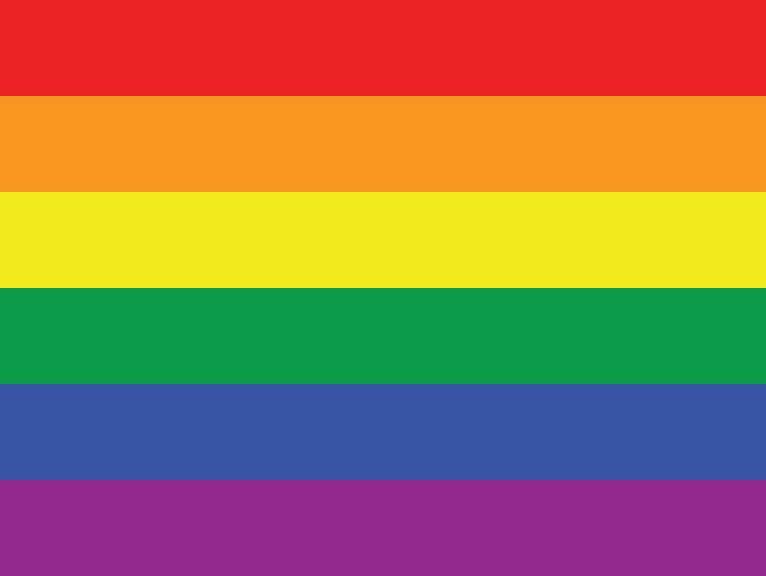
6-stripe Pride Flag
In 1979, the two colors of Hot Pink and Turquoise were dropped, thus creating the well-recognized 6-stripe Pride Flag. This flag with the Red, Orange, Yellow, Green, Blue, and Violet horizontal stripes remains a popular symbol of LGBTQA+ Pride.
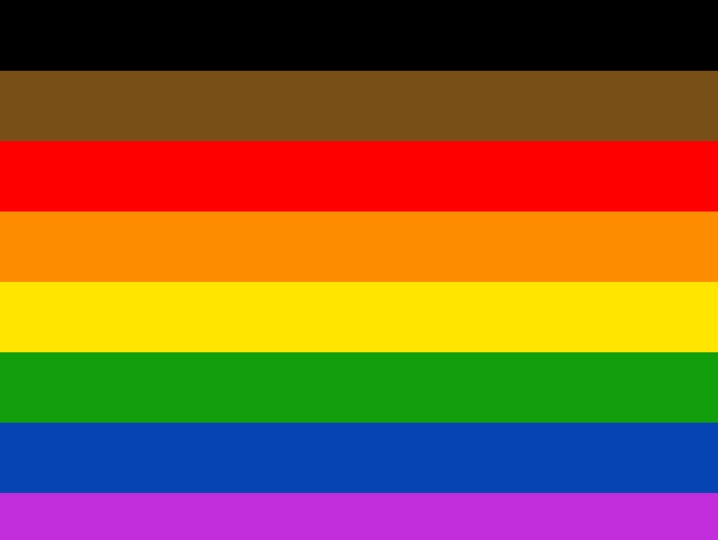
Philadelphia Pride Flag
In 2017, a new interpretation of the the Pride Flag emerged. Named for the city where it was first created, the Philadelphia flag added stripes of Black and Brown to the previous six colors, thus better representing and advocating for LGBTQA+ people of color.
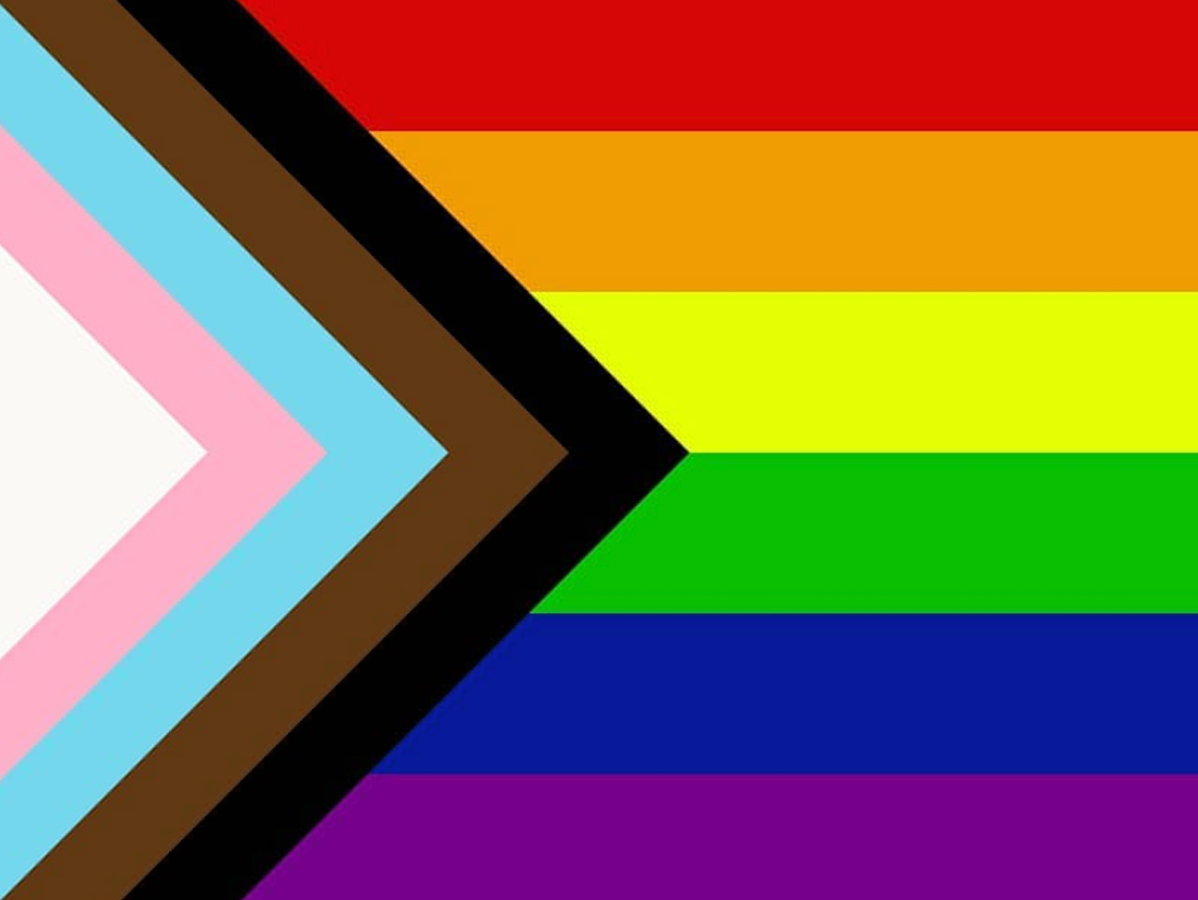
Progress Flag
Not long afterward in 2018, the Progress Pride Flag gained prominence in the community. This new edition of the Pride Flag has colors to represent both trans people and LGBTQA+ people of color in addition to the six rainbow stripes. For anyone wanting to show as much support as possible for the LGBTQA+ community, the Progress Flag - with the arrows to represent inclusion and progression - is a great way to indicate pride for multiple identities.
The five arrows (from left to right) are White, Pink, and Light Blue for transgender individuals and Brown and Black for people of color.
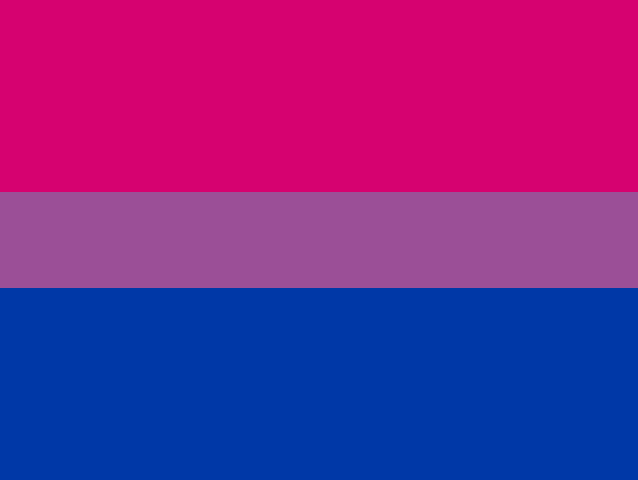
Bisexual pride flag
The bisexual pride flag has three stripes, from top to bottom: Hot Pink, Violet, and Blue.
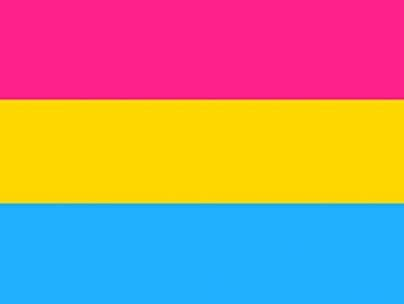
Pansexual Pride Flag
The pansexual pride flag has three stripes, from top to bottom: Hot Pink, Yellow, and Turquoise.
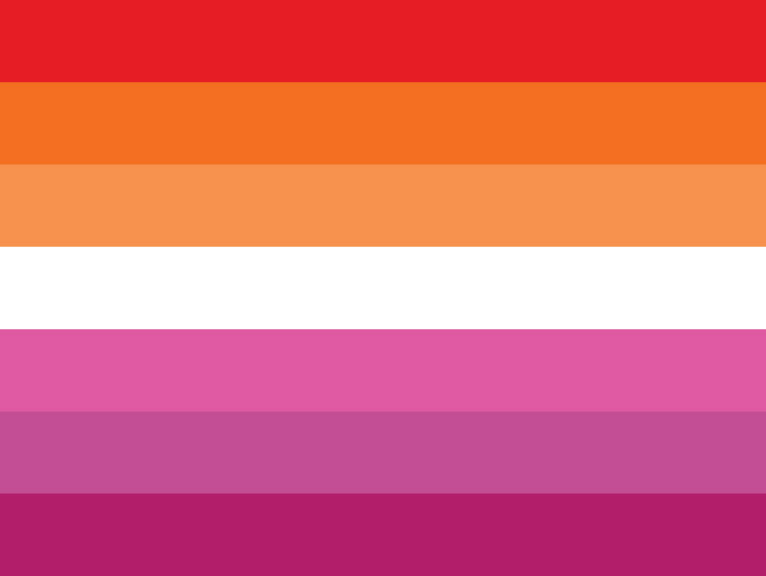
Lesbian Pride Flag
The lesbian pride flag has seven stripes, in an Orange to Pink gradient from top to bottom with a White stripe in the middle.

Aromantic Pride Flag
The aromantic pride flag has five stripes, in order from top to bottom: Green, Light Green, White, Grey, and Black.
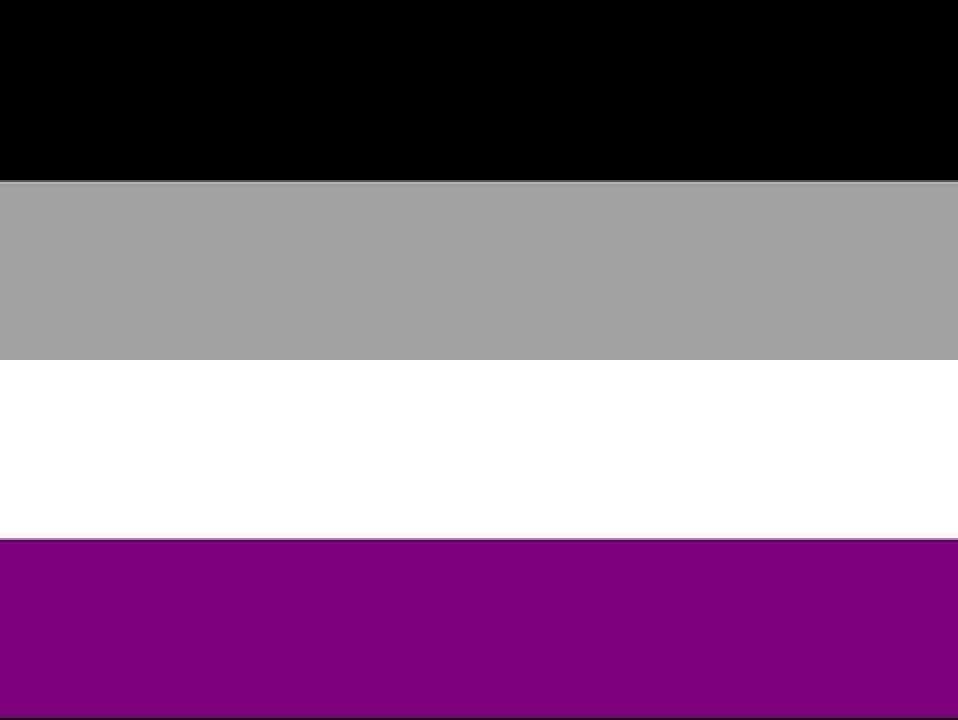
Asexual Pride Flag
The asexual pride flag has four stripes, in order from top to bottom: Black, Grey, White, and Violet.
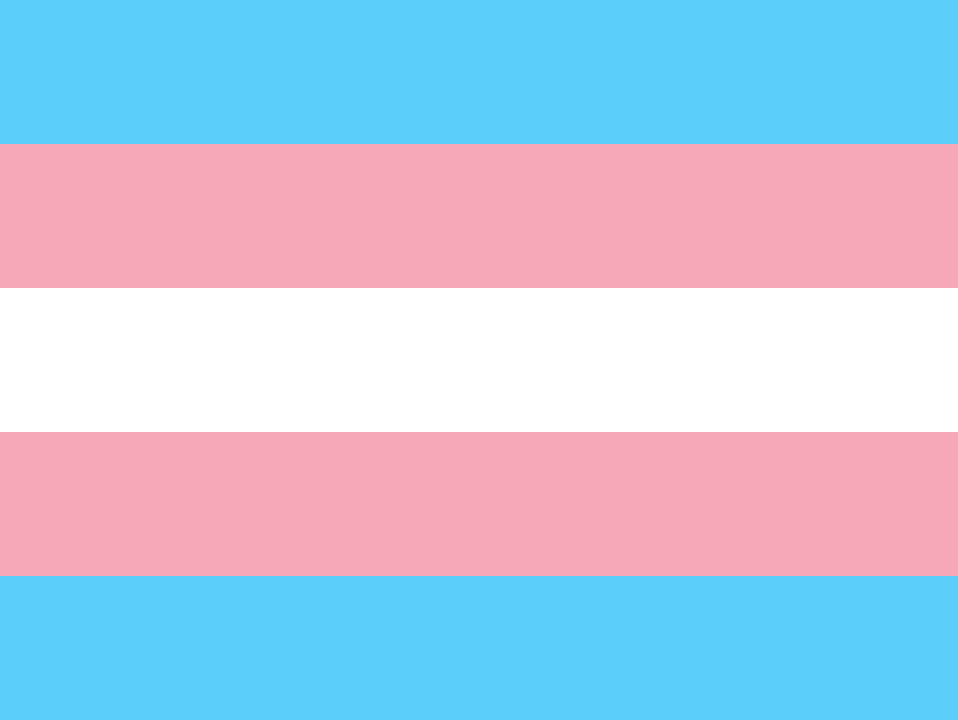
Transgender Pride Flag
The transgender pride flag has five stripes, in order from top to bottom: Light Blue, Light Pink, White, Light Pink, and Light Blue.
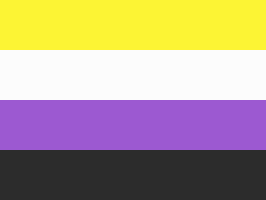
Non-binary Pride Flag
The non-binary pride flag has four stripes, in order from top to bottom: Yellow, White, Violet, and Black.
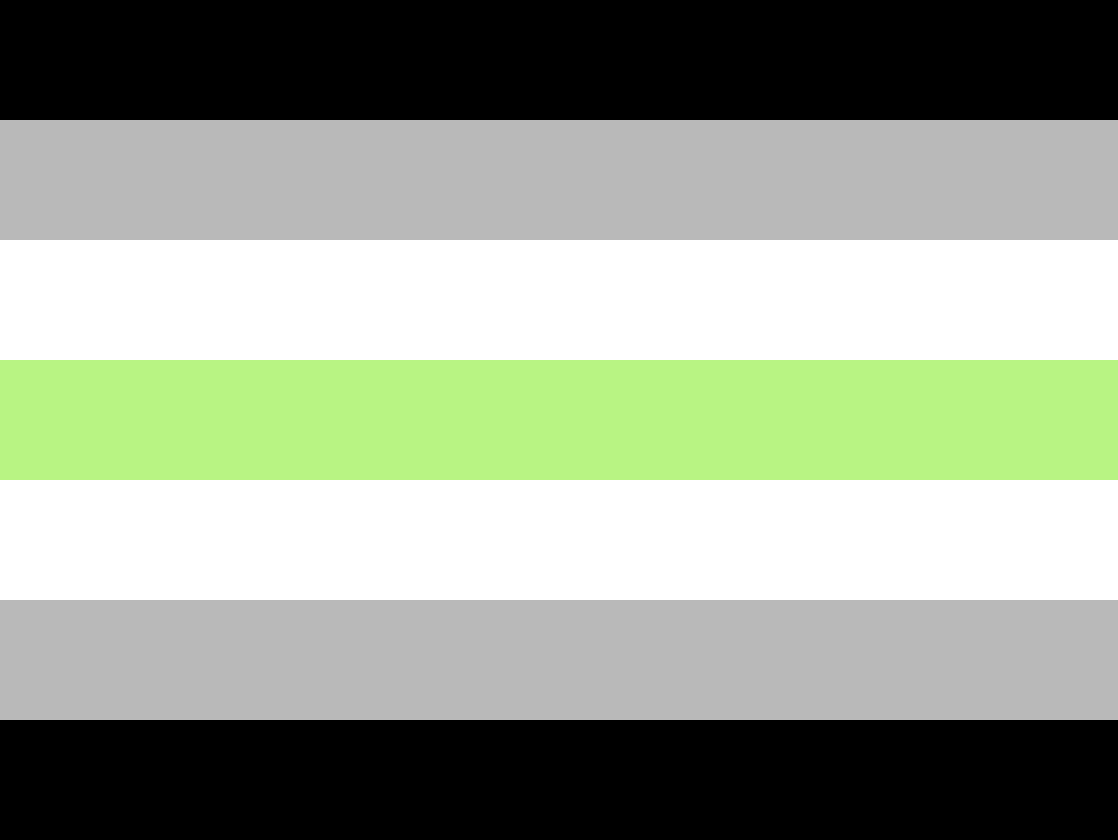
Agender Pride Flag
The agender pride flag has seven stripes, in order from top to bottom: Black, Grey, White, Light Green, White, Grey, and Black.
RELATED: Five ways to celebrate Pride virtually